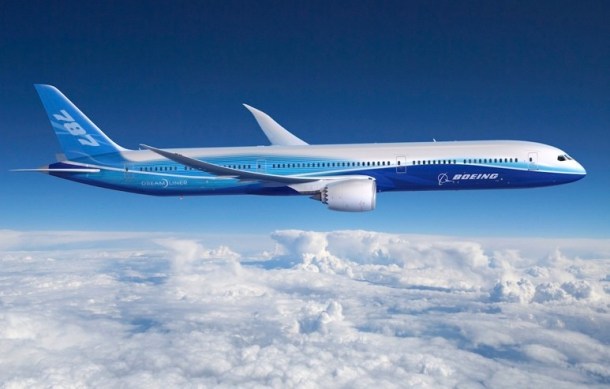
The neighbours are spending up big on flashy new cars jets, so what will Qantas and Virgin Australia do to ‘keep up’?
Go into more debt, but save on fuel and maintenance costs, or be like Delta, say ‘not yet’, and save money by buying new run out current model jets and lavishing tender care on the retained less aged airliners in their existing fleets?
We, no make that, they, don’t have the answers yet, just the interesting questions to ponder made all the more interesting by the buying spree by Singapore Airlines overnight.
The new car envy analogy does of course break down as a rational basis for asking such questions the closer one looks at the multitude of factors a well run airline has to consider in these matters.
Passengers will usually be keen to fly the new. Well, um, provided it doesn’t have ‘problems’ like the Dreamliner 787, but note that Singapore Airlines is committed to the third iteration of the 787, the -10X, so really, stop worrying, we’re all going to die one day, more likely while using an ATM than an airliner.
I couldn’t even get on an A380 out of the country this weekend because of the type’s popularity but am looking forward to a combination of a 777-300ER, an A330-200 and a BAe146. Well not the 146 considering what European carriers do to them inside. But with just 60 minutes for the connection maybe it won’t be a 146, but combinations of trains and or jets.
What do we know about the ‘new and gleaming’ ambitions of Qantas and Virgin Australia at this moment?
Qantas is so keen on having the shiny new Dreamliners that it is sending the 14 it has on order, of the first iteration, the 787-8, to Jetstar so that Jetstar can give back the A332 that the owners so generously subsidized (or not) for Jetstar’s use, and they can all get a sensational new business class cabin that most companies won’t pay for any more, for use on its full service domestic and international services.
But in the interim, in the alternative embrace of the old, and we mean ‘old’, Qantas has also just finished refurbishing its 767-300s. And while ‘old’ let’s be clear. The seven across economy cabin in a 767 is a much nicer place to be in domestic skies than any other economy class offering (dimensionally speaking) other than aboard a Virgin Australia Embraer 190, which are heaven on wings, and with no middle seats.
In terms of future ‘new’ the most Qantas is offering at present is two more range and payload improved Airbus A380s one day, which would actually work really well flying reliably non-stop both ways Sydney-Dallas flights, and 787-9s, which it has on options not firm delivery, from 2016.
Provided the troublesome work force stop asking for money, comes out of the naughty corners, and dedicate their waking hours to lifting executive pay levels to the $10 million a year plus bracket, where they deserve to be now that the airline has given away much of Australia to Europe routes to Emirates, and shareholders are left to wonder whether or not Alan Joyce can make it five years in a row with no dividends.
Virgin Australia is somewhat different to Qantas in relation to fleet. It has some of the richest owners in the game but no money really for lots of gleaming new machines. So far there have been a few brand new A332, several rather aged A332s, an order for a small number of 737 MAX 8s, and a promise to make a wish for either Airbus A350s or 787s sometime in the next year, perhaps.
Air New Zealand, which unlike Etihad or Singapore Airlines, is the Virgin Australia shareholder which isn’t rolling in cash, is the launch customer for the 787-9, which it has be launching since late 2010, but its Dreamliners are reliably unreliably rumoured to be almost on their way starting next April, whenever they feel like it.
It isn’t hard to see Australian air travellers who are longing to try the latest, newest, quietest and responsibly ‘greenest’ airliners being left metaphorically looking through the windows of the lolly shop or car showroom when it comes their national flag carriers while the powerhouse foreign carriers buy up big to be best.








Crikey is committed to hosting lively discussions. Help us keep the conversation useful, interesting and welcoming. We aim to publish comments quickly in the interest of promoting robust conversation, but we’re a small team and we deploy filters to protect against legal risk. Occasionally your comment may be held up while we review, but we’re working as fast as we can to keep the conversation rolling.
The Crikey comment section is members-only content. Please subscribe to leave a comment.
The Crikey comment section is members-only content. Please login to leave a comment.